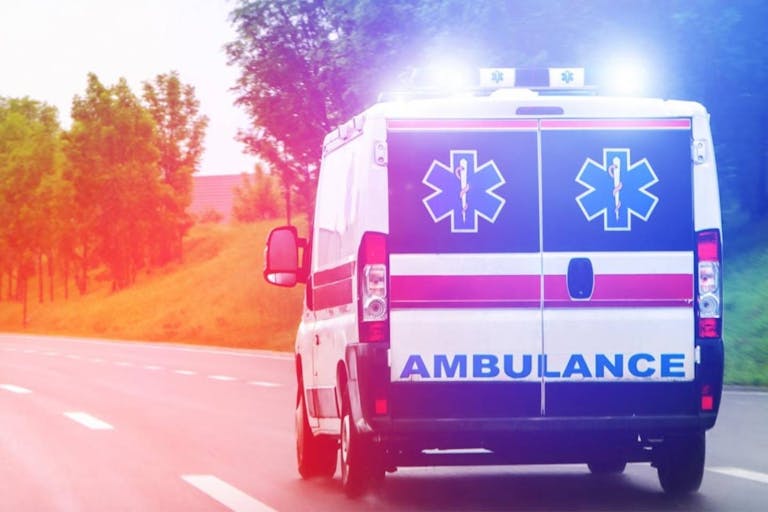
Details shrouded in secrecy as third woman in a month is injured at Rhode Island Planned Parenthood
Bridget Sielicki
·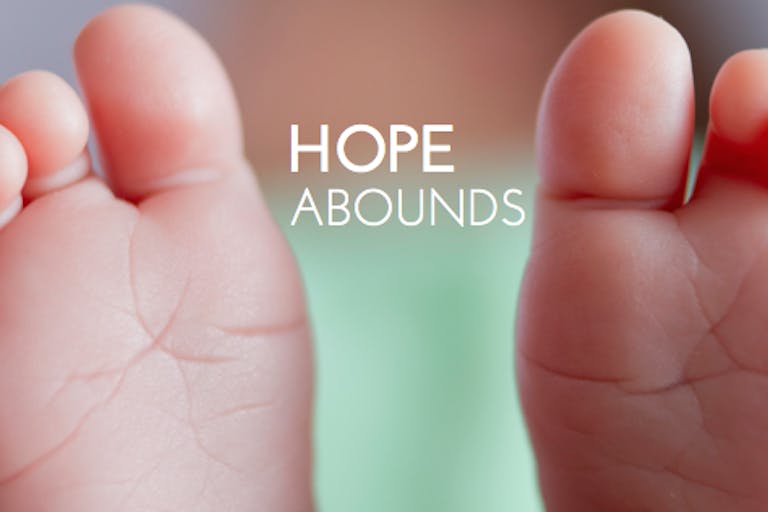
Mother tells the world: Spina Bifida is “simply another way of being a person”
Sarah Sweatt Orsborn, the mother of twin three-year-old girls – one with Spina Bifida – has spoken out about how little Claire’s defect does not affect her humanity.
She writes (emphasis mine):
“I wish I could show…a picture of my beautiful Claire, with her loopy blonde curls and deep belly laugh. Spina Bifida is part of her, always has been, and always will be, but it is not all of her.
More than anything, I want Claire — and you — to know that disabilities like Spina Bifida are just another way of being a person in the world. Claire is whole and complete, just as she is. Her life is not tragic. She’s not fighting Spina Bifida because she’s not in a battle against the body she has always had. Every day is not a struggle. Every achievement is not a victory struck against Spina Bifida, and every setback is not a cause for pity. She’s just a little girl, learning to navigate the world in the only body she’s ever known, testing out the limits of her potential just like anyone else.”
Orsborn shares scary moments in her journey with Spina Bifida. She shares the problems people with this defect may encounter, but she also shares the beautiful moments and how modern medicine has advanced incredibly.
Children born with Spina Bifida today have incredible chances, opportunities, and advanced medical help to live wonderful lives. Their value would be the same no matter the quality of their lives, but parents surely need to hear the hope and possibilities that Orsborn communicates so well. Whether the reality is better or worse than the doctors’ predictions, there is always hope.
“We’ve all come a long way since that dark day in a dim ultrasound room when we thought we were getting the worst news of our lives. Now we know what Spina Bifida looks like, and it turns out she’s beautiful. There’s really no telling what she’ll do someday, and I’d never bet against her.”
Orsborn has taken quite a bit of time to shine light on the hopeful realities of people born with Spina Bifida and other defects. In one article, Orsborn reveals that she herself has a heart defect. In another, she affirms the personhood of people like her daughter Claire:
Article continues below
Dear Reader,
In 2026, Live Action is heading straight where the battle is fiercest: college campuses.
We have a bold initiative to establish 100 Live Action campus chapters within the next year, and your partnership will make it a success!
Your support today will help train and equip young leaders, bring Live Action’s educational content into academic environments, host on-campus events and debates, and empower students to challenge the pro-abortion status quo with truth and compassion.
Invest in pro-life grassroots outreach and cultural formation with your DOUBLED year-end gift!
“Our kids are KIDS, first and foremost. They’re people, human beings, whose value lies simply in the fact of their personhood, not in milestones or hurdles overcome. …
To borrow a phrase that I learned from Sesame Street*: having spina bifida is normal and natural and fine for my daughter. … I want her to have the beautiful freedom to be a complex, complicated human being who both overcomes challenges and makes mistakes, who can be joyful and angry and every other emotion there is, with no pressure to be anyone but herself. She’s no hero – she’s something much more magical and mundane: a little girl, full of untold potential, just like her sister.”
Orsborn’s message is exactly what parents faced with a diagnosis of Spina Bifida need to hear. Your child is a precious, precious girl or boy – full of untold potential. Yes, defects are a part of life, but they are not all of life.
Just as people are not solely their skin or hair color, their gender, their learning abilities, their fingernails, or their brain, they are also not their defect.
For real-life stories and the modern medicine benefiting people with Spina Bifida:
At Eight Months, My Doctor Said He Would “Absolutely Perform the Abortion for Me” (This boy now plays sports with his dad, goes to school, and receives great grades and awards.)
Medical Advances for Spina Bifida (This is an inspiring 90 second video.)
Note: Some Spina Bifida resources still suggest abortion as an option. We at Live Action News do not believe that abortion is an option. We believe that every baby – defect or not – is equal, valuable, and deserving of life. We hope that every parent chooses life for every child, and we believe in the strength given to parents. We also hope that if parents believe they cannot raise a child on their own, that they realize how many people are willing to adopt any child – including those with special needs – and that they seek out these people.
Live Action News is pro-life news and commentary from a pro-life perspective.
Contact editor@liveaction.org for questions, corrections, or if you are seeking permission to reprint any Live Action News content.
Guest Articles: To submit a guest article to Live Action News, email editor@liveaction.org with an attached Word document of 800-1000 words. Please also attach any photos relevant to your submission if applicable. If your submission is accepted for publication, you will be notified within three weeks. Guest articles are not compensated (see our Open License Agreement). Thank you for your interest in Live Action News!

Bridget Sielicki
·
Issues
Bridget Sielicki
·
Human Interest
Nancy Flanders
·
Issues
Nancy Flanders
·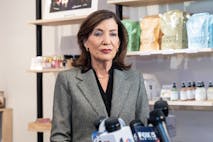
Politics
Cassy Cooke
·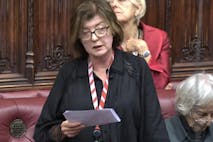
Guest Column
Right to Life UK
·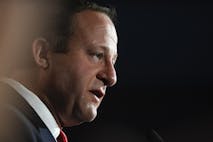
Newsbreak
Kristi Burton Brown
·
Newsbreak
Kristi Burton Brown
·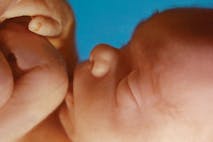
Issues
Kristi Burton Brown
·
Newsbreak
Kristi Burton Brown
·
Newsbreak
Kristi Burton Brown
·